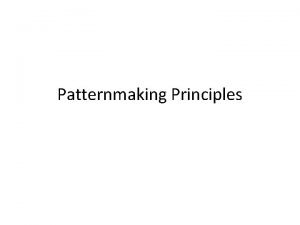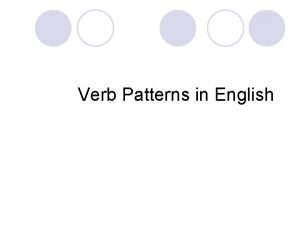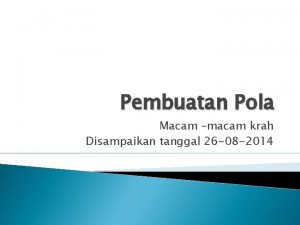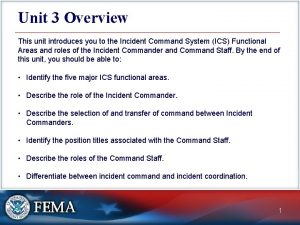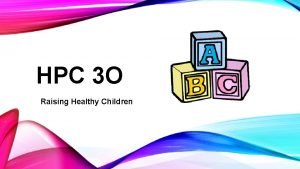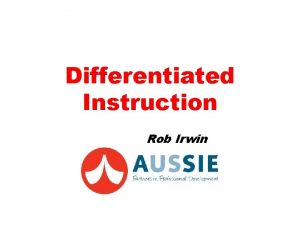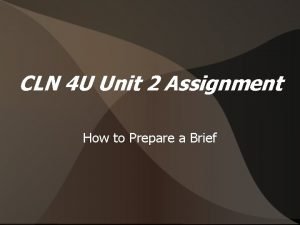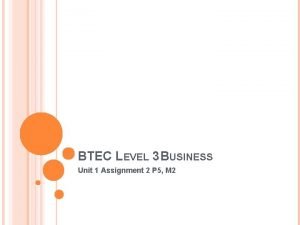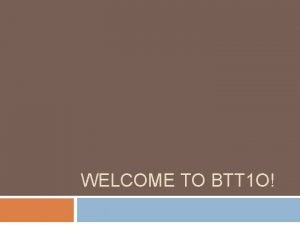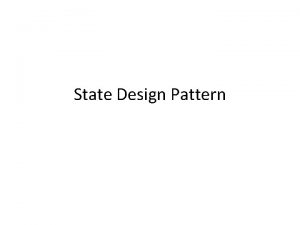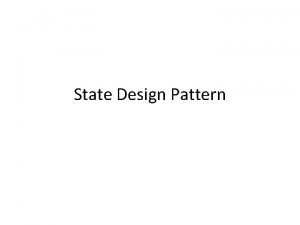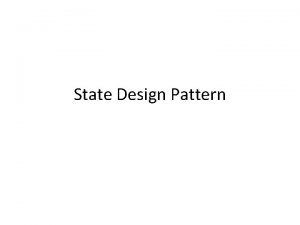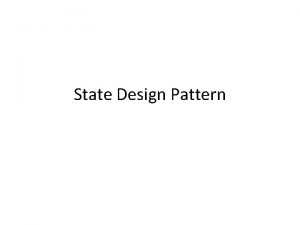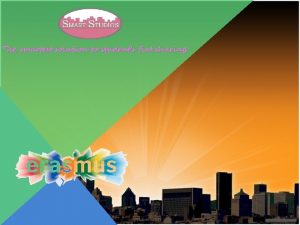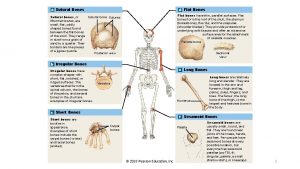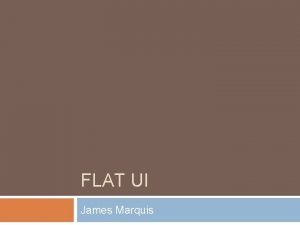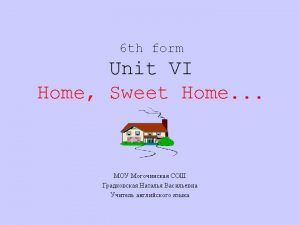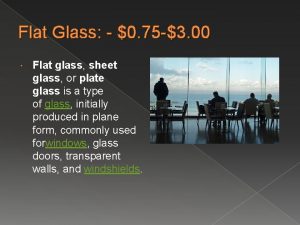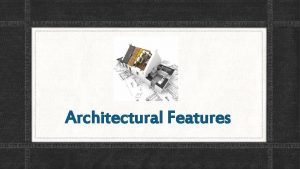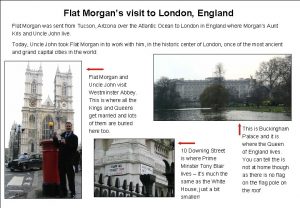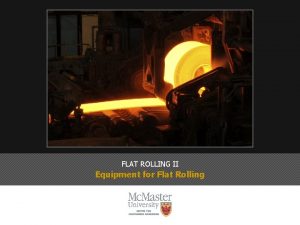Pattern Design Assignments Pattern Design Assignments Design flat
















- Slides: 16

Pattern Design Assignments

Pattern Design Assignments • Design, flat pattern the 1 st pattern, and sew the 1 st sample of your own original design. We will present the 1 st samples in class for a group critique.

Pattern Card and Pattern Plan Requirements: • Design a garment • which includes all required (as specified in the table below) • • • design elements, edge finishes, fabric type, closures/ notions, and sloper • AND is related to your trend board and identified target market.

Pattern Card and Pattern Plan Requirements: • Technical flats front and back (Micron pen or Adobe Illustrator) • Use the provided Flat Body. • Technical flats must be drawn with correct proportions and be symmetrical. • Technical flats must be detailed (including all necessary seams, darts, and closures).

Pattern Card and Pattern Plan Requirements: • Complete a “Pattern Plans” sheet. • It is important to think about your pattern making approach before starting the process. • Include: • a detailed written description of the garment. • Sloper and modification to be made to each piece. • Be specific and include page #s and resources used. See table below for required sloper.

Pattern Card and Pattern Plan Requirements: • Complete a “Pattern Card” sheet. • All text on pattern card should be computer-generated. • Include: • List all pattern pieces you plan to make including linings and interfacings. • Piece list should be color coded by Self (pencil), Contrast (purple), Lining (green), and Interfacing (red) • Reduce technical flat to fit in the designated illustration area of the pattern card and inserted in pattern card in correct location • Attach fabric swatch of fabric(s) appropriate for the design. May be digital. Should include fabric name and fiber content. • List all notions including the amount of notions needed and size/color details.

st 1 Pattern Requirements: • Pattern the right side (unless an asymmetrical design) on pattern paper. • • Pattern ALL pattern pieces required to manufacture the design. Include pattern card. Follow all seam allowance, notching, labeling and marking rules. 1 st pattern on pattern paper (NOT tag board) should be presented on a pattern hook.

st 1 Sample Requirements: • Complete a “CONSTRUCTION OF GARMENT” sheet including: • Description of Garment • List of sewing steps, continuing on additional pages if needed • For woven garments, APPROPRIATE, COMPARABLE muslin fabric should be used. • For knit garments, knit fabric of the same structure (jersey, rib, tricot, etc. ), stretch, and weight should be used.

st 1 Sample Requirements: • CENTER FRONT and CENTER BACK must be marked the entire length of the garment. • -Marking must be completed as part of the cutting process. • -Pencil, marking pen, chalk, or basting stitch • Must be NEATLY PRESSED • ZIPPER must be applied • All FACINGS must be sewn into garment and have appropriate interfacing applied • Identify muslin with STUDENT NAME and • HEMS must be machine basted in place • Garment must be COMPLETE (including • NEAT WORKMANSHIP is essential • SEAM ALLOWANCES should NOT be can be used—as long as it is clearly visible. PROJECT NAME edge finishes) serged • Turn in garment ON A CLOTHES HANGER

Presentation Requirements • Prepare (MUST BE TYPED OUT BEFORE CLASS & submitted to your instructor after you present) a 3 -4 minute presentation stating: • 1. Your intent for this design: What are you trying to accomplish or create? • 2. What qualities did you want your creation to possess? • 3. How do you believe that the design elements, construction methods, fabric, and patternmaking principles (be specific—added fullness, contouring, etc. ) you selected carry out your intent and give your creation the qualities that you desired? • 4. Self-critique: Looking at what you have created and knowing what you now know, is there anything about your piece that you would change.

Required Design Elements, Edge Finishes, Fabric, Closures / Notions, and Sloper

Sleeveless Dress • 1. Dart Manipulation (or style lines) • 2. At least one type of Added Fullness • 3. Contouring at least one location. • 4. Waistline Seam • • Facings at neck and armscye Woven, non-stretch fabric Invisible Zipper Full-scale bodice sloper and skirt sloper (that fits your assigned dress form)

Blouse • • • 1. Sleeves 2. Cuff 3. Collar 4. Extension and/or Placket And one or more of the following… • 5. Dart Manipulation (or style lines) • 6. A type of Added Fullness • 7. Contouring • 8. Other design details to make your blouse unique and desirable • Woven, non-stretch fabric • Buttons/ Buttonholes • Torso Sloper (should not have a Waistline Seam)

Trouser • One or more of… • 1. Alteration of the basic Trouser sloper leg shape • • • 2. Dart Manipulation (or style lines) 3. A type of Added Fullness 4. Contouring. 5. Pockets 6. Belt loops Plus…Other design details to make your Trouser unique and desirable. • Waistband or Facing. • Woven, non-stretch fabric • Appropriate zipper, hook-n-eyes, and/ or Buttons & Buttonholes closures. • Trouser Sloper, or any other bifurcate slopers—culottes, slack, or jean. If you choose to use one of the other slopers, you will be responsible for drafting and fitting that sloper pattern BEFORE you begin flat patterning your original design. • You may design for any length.

Jacket • One or more of… • • • 1. Dart manipulation or style lines. 2. A type of added fullness. 3. Pockets. 4. Manipulation of collar shape and/or depth. Plus… Other design details to make your Jacket unique and desirable. • Interior should be finished with facings and lining and include appropriate support materials. • Woven, non-stretch fabric • Appropriate zipper, hook-n-eyes, and/ or Buttons & Buttonholes, for your design. • Shoulder pads • Jacket Sloper. • You may design for any length.

Knit • One or more of… • 1. Dart manipulation or style • • 2. A type of added fullness. 3. Pockets. lines. Plus… Other design details to make your knit unique and desirable. • Facings or other appropriate edge finishes (binding) and hem. • 2 -way stretch knit fabric • Appropriate zipper, hook-n-eyes, and/ or Buttons & Buttonholes, for your design. • Knit Sloper that fits your assigned form. • You may design for any length
 Principle of pattern making
Principle of pattern making Interior design homework assignments
Interior design homework assignments Verb patterns use
Verb patterns use Pola kerah rebah / setengah tegak
Pola kerah rebah / setengah tegak Which ics functional area sets the incident
Which ics functional area sets the incident Tiered assignments
Tiered assignments Economic naturalist writing assignment
Economic naturalist writing assignment Gpp3o assignments
Gpp3o assignments Hpc3o
Hpc3o Tiered assignments examples
Tiered assignments examples User rights assignments
User rights assignments Cln4u assignments
Cln4u assignments Business unit 1 assignment 2
Business unit 1 assignment 2 Btec level 3 assignment examples
Btec level 3 assignment examples Hsb4u assignments
Hsb4u assignments Btt word processing
Btt word processing Excel homework assignments
Excel homework assignments
